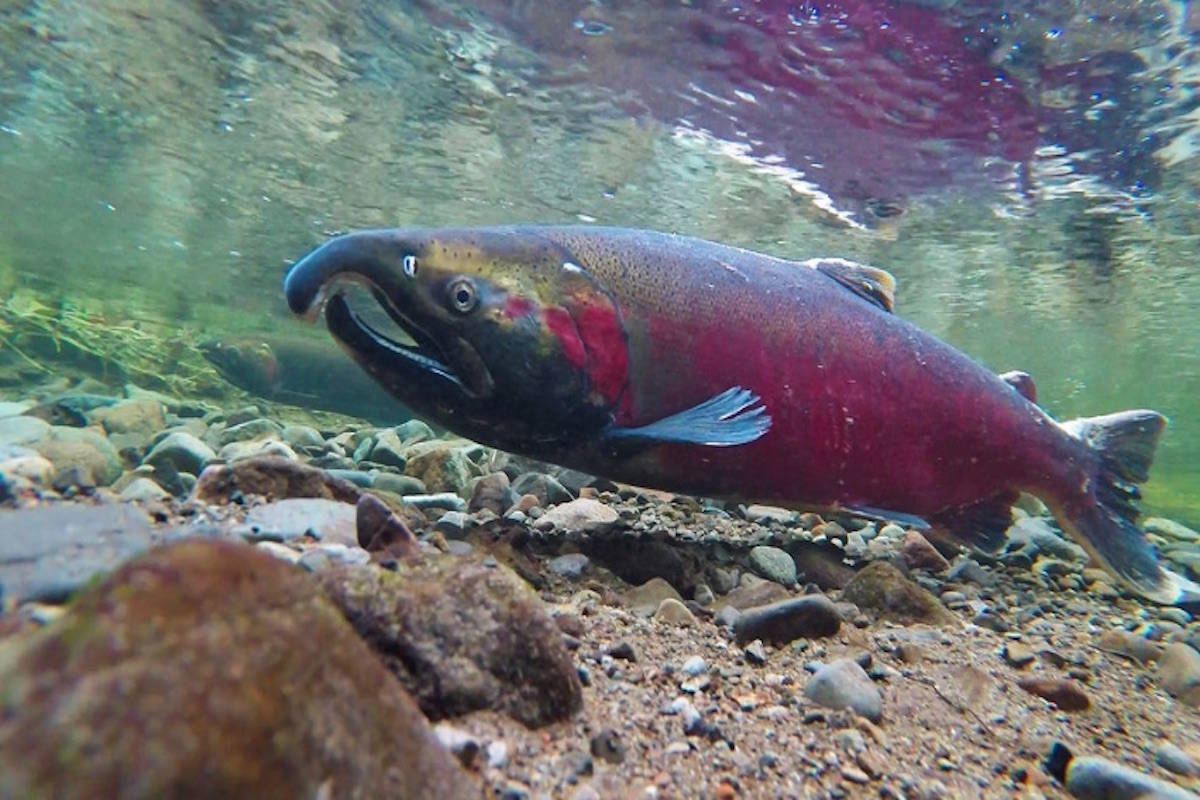The Alaska Department of Fish and Game is recommending some changes in salmon escapement goals for the Cook Inlet.
The escapement goals, which have been set and evaluated at regular intervals since Alaska’s statehood, were last reviewed in the 2016-2017 season. Over the course of several months, Fish and Game staff in both commercial and sport fisheries met five times to review existing escapement goals and released recommendations ahead of the April 10 deadline for proposals.
“It is important to note that any recommended changes will not take effect until the 2020 fishing season, as they are not officially adopted until approved by the department after the 2019-2020 board regulatory cycle,” according to a March 27 memo.
The committee found that the Kenai River’s sockeye salmon escapement goal of 700,000 to 1,200,000 should be updated. Based on models, the committee found that the Kenai River sockeye escapement goals are probably too low to maximize yields and should be updated to 750,000 to 1,300,000.
“This escapement goal range is precautionary regarding recognized limitations in available stock productivity information and avoids potential risks of adversely impacting available yield,” according to the memo.
In reviewing the Kasilof River sockeye return, the committee examined data from all available spawner-return data, spanning from 1968 to 2012. They recommend the escapement goal be lowered from a range of 160,000 to 340,000 to a range of 140,000 to 320,000.
The committee didn’t make any recommendations on early-run Russian River sockeye because the current escapement goal was adopted in 2011 with 34 years of data to back it, but they did recommend changes to the late-run goal. The current escapement goal, established in 2005, ranges from 30,000 to 110,000 for late-run sockeye in the Russian River. The committee recommends this be updated to 44,000 to 85,000.
The committee didn’t recommend any changes to the Kenai River king salmon fishery since escapement goals for Kenai king salmon only have three new years of return data for both early- and late-run kings.
The recommendations will be formalized and presented to a Board of Fisheries work session in October.
The Alaska Board of Fisheries’ call for proposed changes in subsistence, personal use, sport, guided sport and commercial fishing regulations closes on Wednesday, April 10.

